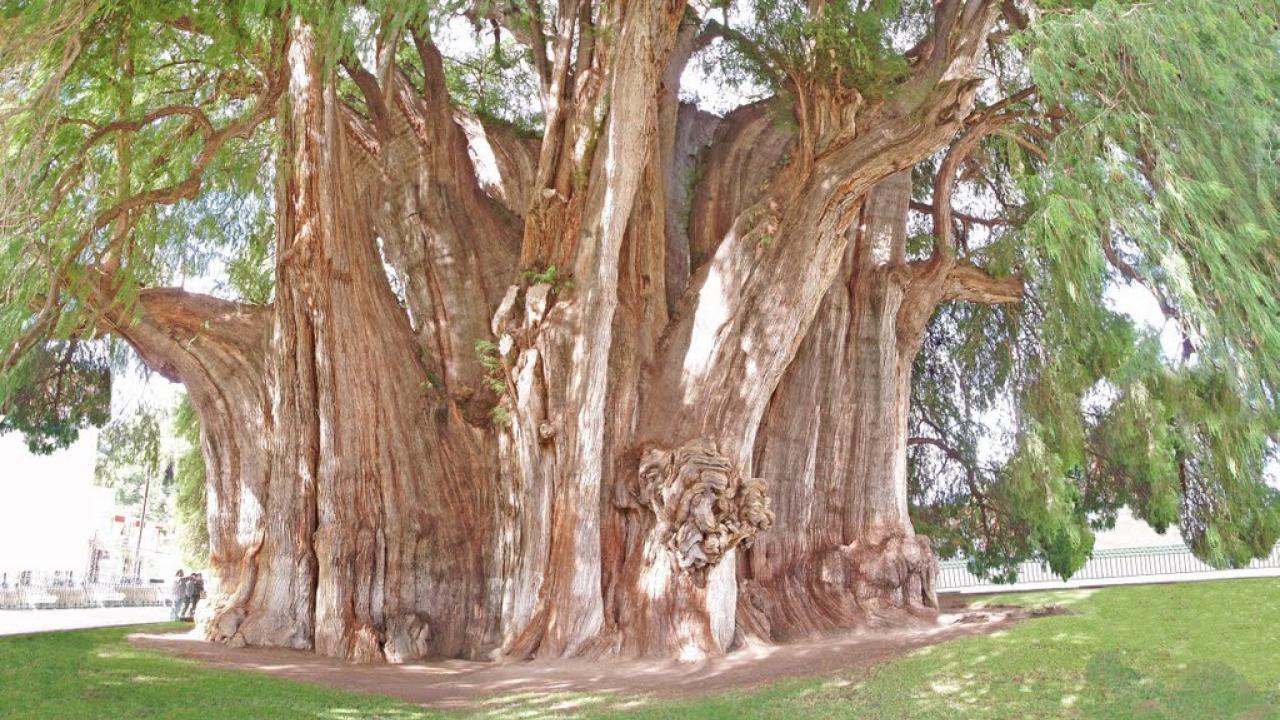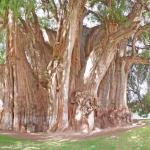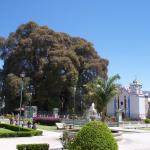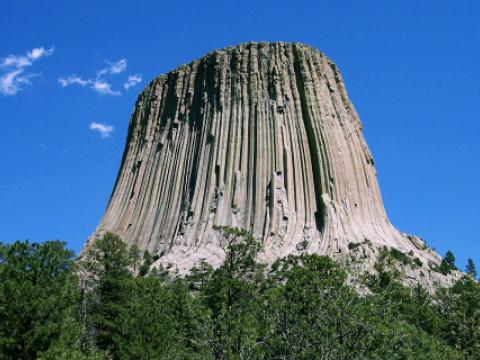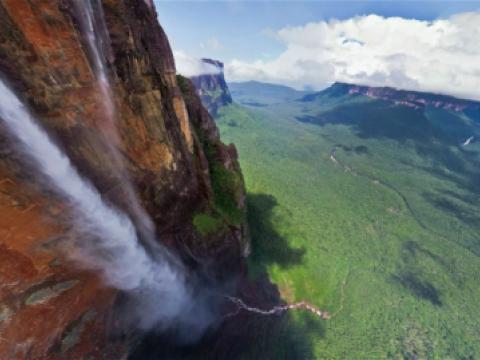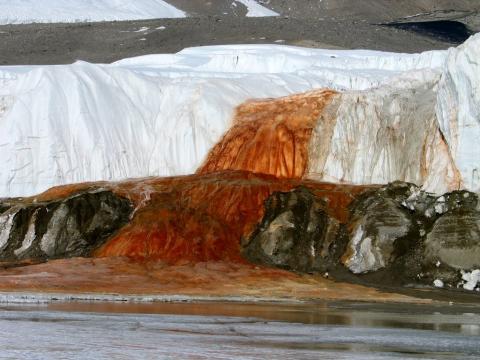Location
El Árbol del Tule is a cypress tree that has the stoutest trunk of any tree in the world. In 2005, its trunk had a circumference of 42.0 m (137.8 ft), equating to a diameter of 14.05 m (46.1 ft).
It is so large that it was originally thought to be multiple trees, but DNA tests have proven that it is only one tree. The age of the tree is unknown, but the best scientific estimate based on growth rates is between 1,433 and 1,600 years. In 2001 it was placed on a UNESCO tentative list of World Heritage Sites.
Unfortunately in 1990 it was reported that the tree is slowly dying because its roots have been damaged by water shortages, pollution and traffic, with 8,000 cars traveling daily on a nearby highway.
The tree is easy to access. It is located in the center of Santa María del Tule in the church grounds.







